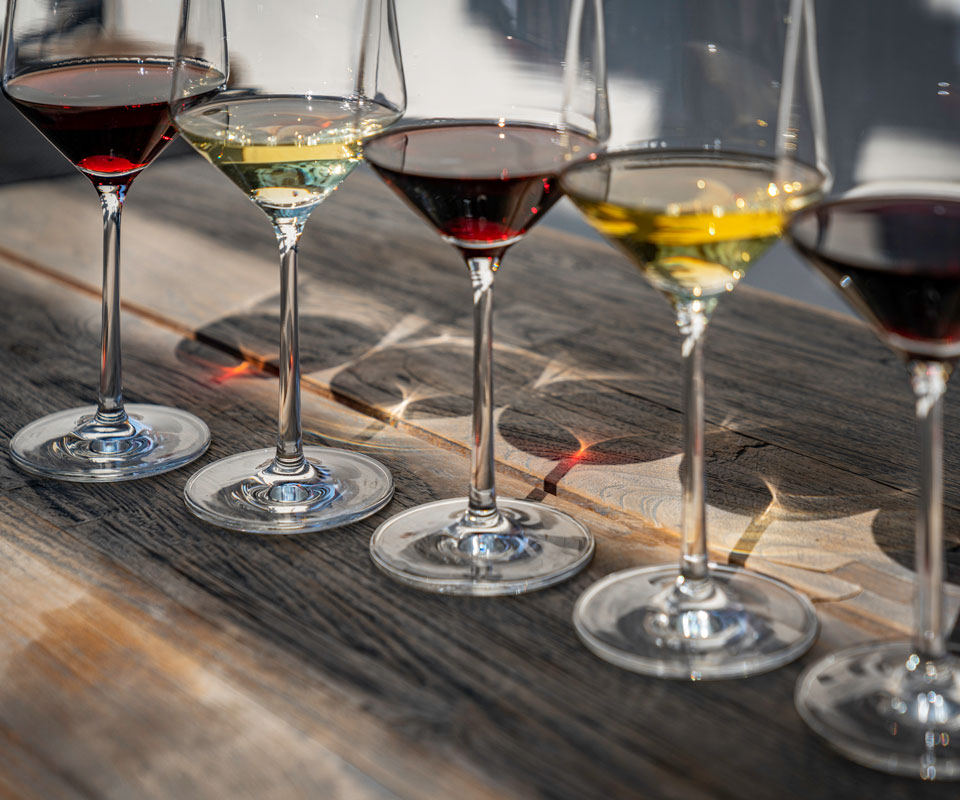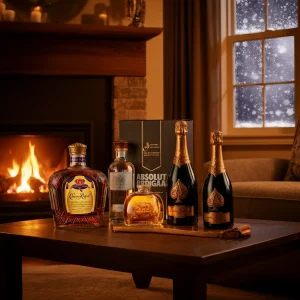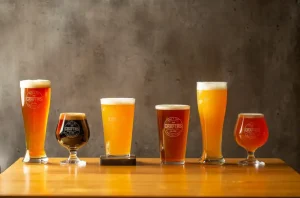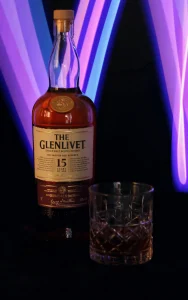
After many years of experience in the wine and spirits industry, I’ve discovered a set of attributes that most wine experts have in common. Here are a few tricks to help you appear like a pro while also enhancing your wine tasting sensory skills.
1. Know the Terminology
Don’t know the difference between Chardonnay, a modern wine, and Champagne? Our wine labels confusing?
With all of those unfamiliar château names and lengthy varietals, learning about wine might feel like a lifelong task. Go over some basic wine terminology and descriptions to build a foundation that you will eventually sneak into your conversations.
Do you enjoy Rosé wine? Try incorporating fresh and fruity in its flavors profile. Do you have a thing for Cabernet Sauvignon? Use terms like earthy and full-bodied.
2. Use your senses
The senses of sight, smell, and taste are all used in wine tasting. Start with the eyes, then the nose, and finally the mouth. Tilt your wine glass at a 45-degree angle and hold it up to the light to assess the wine’s color.
The color is a key feature that reveals a lot about the taste of the wine. Yes, the choice of red, white, rosé or sparkling wine is a fairly clear one, but there’s more to it than that.
For instance, as white wines age, their color evolves from delicate pale lemon and gold to amber or dark caramel. Red wines, on the other hand, lose color and intensity as they age, changing from purple to brick.
3. Do not forget to swirl the glass
Gently swirl the glass for a few seconds to allow the oxygen to penetrate the wine. This process will soften the wine as well as unleash the array of aromatic compounds into the glass.
Some wines may have unpleasant odors when first opened and poured, and these odors may linger for a short time. Usually, byproducts of the usage of sulfur in winemaking, such as sulfur dioxide or hydrogen sulfide could be among them. These odors are dispelled quickly after a vigorous swirl.
4. Learn the importance of palate cleansers
If you’ve ever attended a wine tasting, you definitely know the importance of palate cleansers. Wine experts and buyers may have to taste up to 100 wines in one day resulting in their taste buds being overstimulated.
This is known as palate fatigue, a condition that causes difficulties in differentiating the nuances and flavors of wines. The ideal solution is to “reset” your palate by consuming foods or beverages that neutralize the flavors prior to each tasting experiment.
The most important thing to look for in a palette cleanser, or intermezzo as it’s known in Europe, is that it displays a fresh, clean, and neutral flavor to minimize overlapping on the taste buds.
5. Profile the wine
A wine’s taste can be described using three main categories: sweetness, acidity, and tannin. Sweetness and acidity are well-known flavors that are linked to the wine’s dryness. The presence of acidity in wine gives its boost, but the absence of acidity makes it taste “flabby.”
Tannin is derived from the skins, seeds, and stems of the plant and causes a dry mouth in the finish. A bitter taste might also result from too much tannin.
6. Keep notes or a wine journal
Exploration is a big part of the fun of drinking wine. It’s exciting to search for your favorite wines, especially when you come across a bottle you really like. Keeping track of the wines you like and don’t like is the best method to learn more about your preferences.
Every time you open a bottle, take out a notebook or your phone’s Notes app. It’s all in the details: make a list of the winemaker, the name of the wine, the price, the flavor, the aroma, and even the meal pairing. It’s a good idea to keep note of your wine purchases so you can figure out which types of wine you prefer and steer you in the proper direction the next time you go shopping.
The best way to distinguish wines and fully appreciate their distinct flavors and textures is to try several at once. It will go a long way toward helping you learn how to read various wines.
7. Ask questions
Some people may be familiar with the names of well-known wine areas and notable grape blends. The vast majority will not. Both are acceptable. If the wine steward appears to be speaking in French when describing the vineyards, grape kinds, or flavors to look for, feel free to interrupt and ask for an explanation.
Winemakers enjoy discussing these topics and frequently forget that not everyone is familiar with their language. Look into what the location is known for if you want to do some research before your taste. Certain grape varietals, such as Chardonnay, take on the qualities of the soil in which they are cultivated, thus a Chardonnay grown in an area recognized for superb Chardonnay could be particularly distinctive. A quick Google search should reveal everything you need to know.
8. Trust yourself
Wine tasting should be a relaxing and enjoyable experience. Wine culture revolves around the concept of becoming hypersensitive to the complex aromas and flavors of food and drink. While there are many sampling techniques and guides to choose from, it is best to stick with what feels right for you.
Don’t be intimidated by people who have vast knowledge in wine tasting. Even wine experts view each encounter with a glass of wine as an opportunity to improve their skills and learn more.



